For Sale: A Rather Unappetizing Coin Celebrating Berlin’s Iconic Currywurst
The sausages are worth saluting, but look better in person.
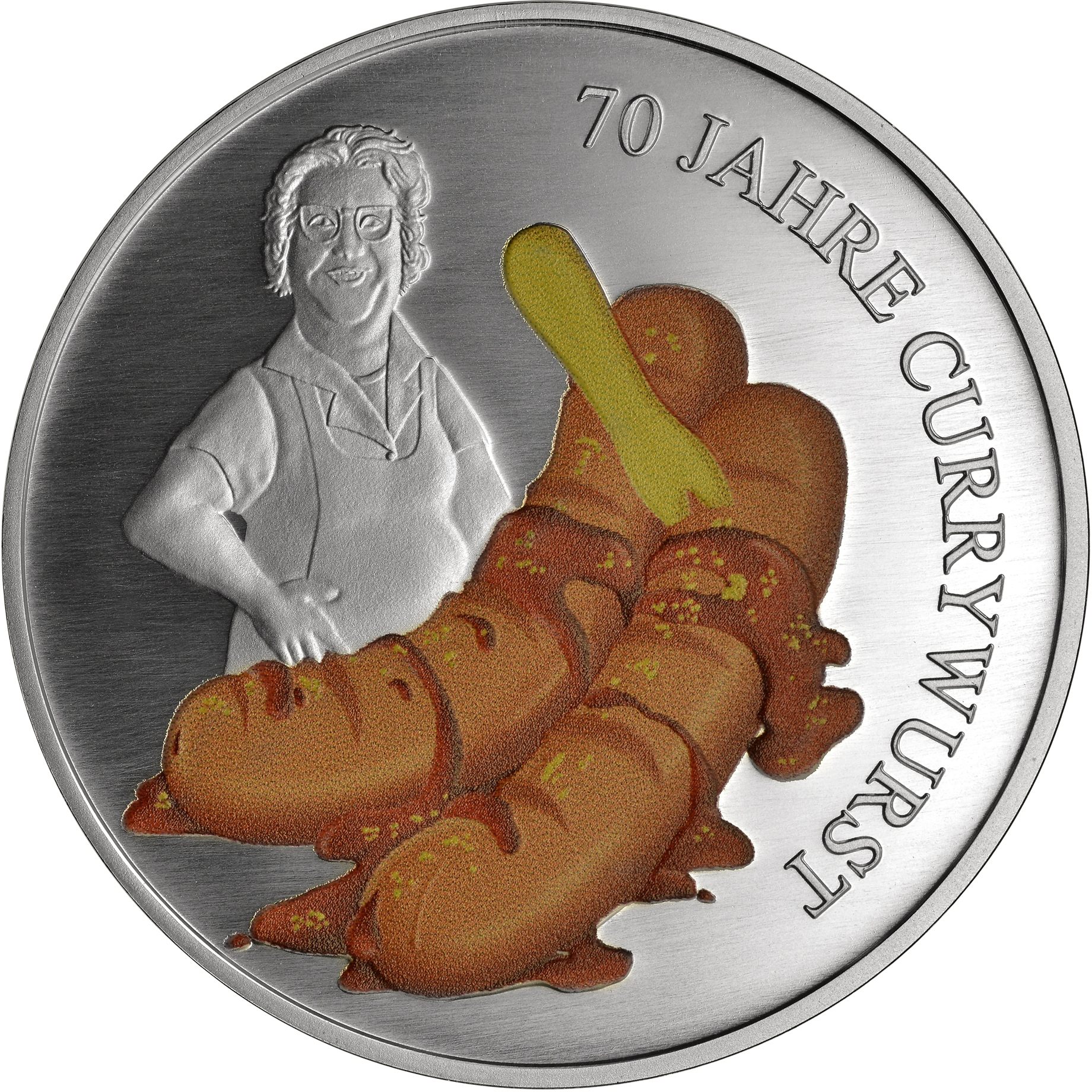
Plenty of belly-warming, taste-bud-pleasing bites aren’t especially easy on the eyes. No matter: Detroit’s chili-drenched coney dogs and Berlin’s ketchup-drowned currywursts slide down the gullet with no problem. The deliciousness is in the taste, not the look of the thing. Even if this newly minted commemorative coin, honoring the 70th anniversary of Berlin’s processed-meat marvel, isn’t doing the street eat any aesthetic favors, the hulking brown lumps, ruddy ooze, and grinning cook are giving a hometown hero its due.
The coin, served up by a mint called Staatliche Münze Berlin, is an ode to the meat dish and the woman who invented it. Herta Heuwer is said to have concocted the sliced-up bratwurst seasoned with paprika, tomato ketchup, sweet peppers, and curry powder in September 1949, with ingredients from British soldiers stationed nearby. She hawked the affordable concoction from a stand in the Charlottenburg district, and hungry passersby quickly developed a taste for it. (Competing origin stories place the invention elsewhere, but Berlin put up a commemorative plaque marking Heuwer’s sizzling spot on the corner of Kantstraße & Kaiser-Friedrich-Straße and cementing the intersection’s place in the annals of gastronomic glory.)
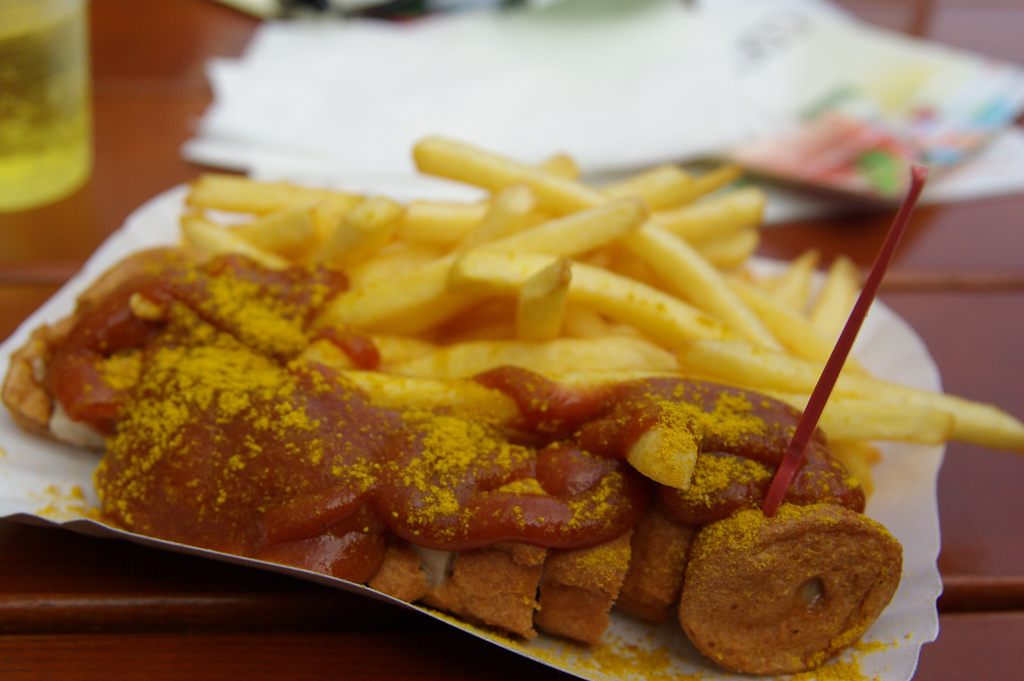
Wherever it was first diced and doused, Germans are still hungry for the sausage: The onetime director of the Deutsches Currywurst Museum, which boasted “sniffing stations,” ketchup-squiggle ceiling decor, and weiner-shaped sofas before shuttering in December 2018, has said that Germans devour roughly 800 million currywursts each year. The no-fuss food is iconic. “If Warhol had been a Berliner,” Time Out Berlin once wrote, “he would have painted a bratwurst drenched in lurid red ketchup and liberally sprinkled with curry powder.”
The medallion is on sale for €13 and isn’t legal tender. It was designed by a trainee engraver who drew upon “historical inspirations,” says Andreas Schikora, head of the Staatliche Münze. Schikora expects the 2,500-coin run to be gone by the time the World Money Fair, a coin and currency festival, kicks off in Berlin in February. So, if you want to put your money where your mouth is, better do it soon.
Gastro Obscura covers the world’s most wondrous food and drink.
Sign up for our regular newsletter.






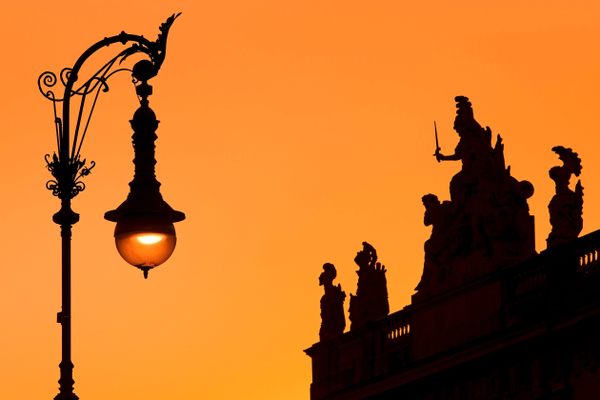
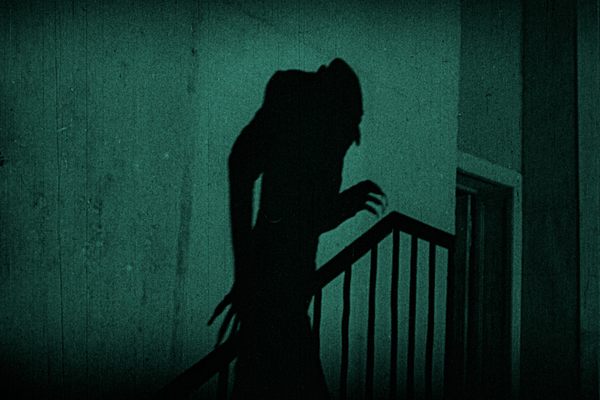
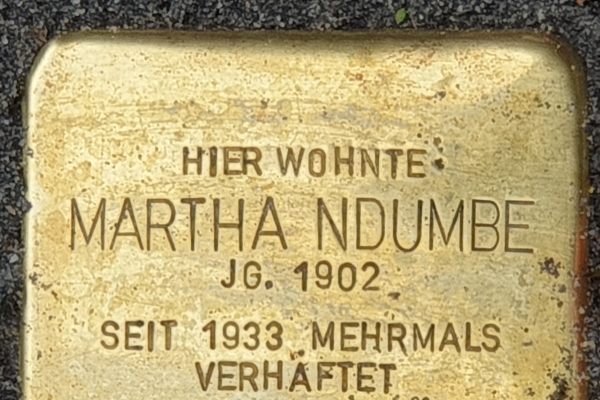








Follow us on Twitter to get the latest on the world's hidden wonders.
Like us on Facebook to get the latest on the world's hidden wonders.
Follow us on Twitter Like us on Facebook